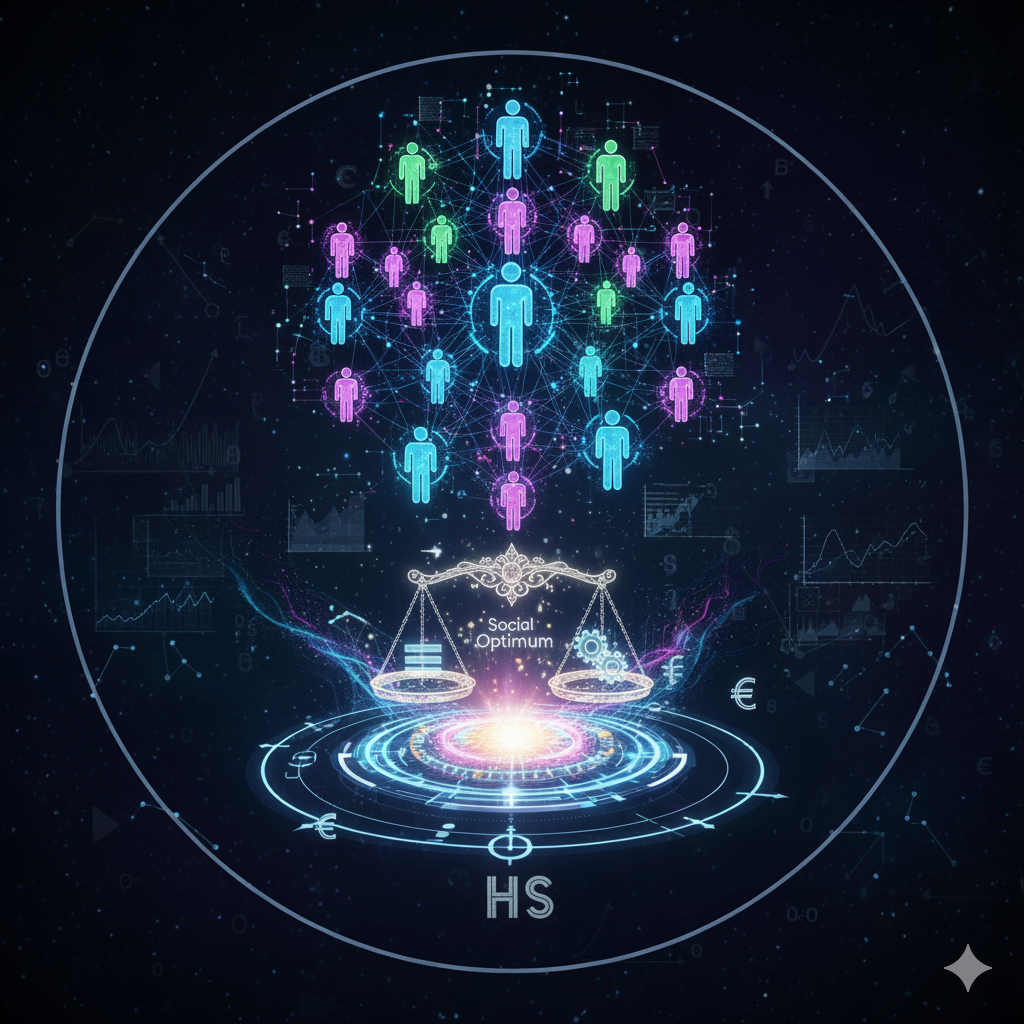The hydrogen bomb, also known as a thermonuclear bomb, is one of the most powerful weapons ever devised by humanity. It harnesses the energy released during nuclear fusion—the same process that powers the Sun—to produce an explosion far more devastating than conventional atomic bombs. This article explores what a hydrogen bomb is, how it works, its development, and its global implications.
What is a Hydrogen Bomb?
A hydrogen bomb is a nuclear weapon that derives its explosive power from the fusion of hydrogen isotopes. Unlike an atomic bomb, which relies solely on nuclear fission (splitting of heavy atomic nuclei), the hydrogen bomb uses a combination of fission and fusion to produce a much larger explosion. The fusion process in a hydrogen bomb involves the joining of hydrogen isotopes, such as deuterium and tritium, to form helium, releasing an enormous amount of energy.
Hydrogen bombs are classified as thermonuclear weapons because the fusion reactions require extremely high temperatures to occur, similar to the conditions found in the cores of stars.
How Does a Hydrogen Bomb Work?
The operation of a hydrogen bomb involves multiple stages, with each stage designed to amplify the explosive power.
1. Primary Stage: Fission Explosion
- The hydrogen bomb begins with a fission bomb (essentially an atomic bomb) as its trigger.
- This initial explosion provides the necessary heat and pressure to initiate the fusion reactions in the secondary stage.
2. Secondary Stage: Fusion Reaction
- Surrounding the fission core is a layer of hydrogen isotopes (deuterium and tritium) and other materials, such as lithium deuteride.
- The intense heat from the fission explosion causes the lithium deuteride to release tritium, which then undergoes fusion with deuterium.
- During fusion, the nuclei of hydrogen isotopes overcome their natural repulsion and combine to form helium, releasing vast amounts of energy.
3. Radiation Pressure and Amplification
- The energy from the fusion reaction generates extreme heat, pressure, and radiation.
- These conditions amplify the bomb’s explosive power, often resulting in an explosion thousands of times more powerful than a conventional atomic bomb.
Key Components of a Hydrogen Bomb:
- Fission Core (Primary): The atomic bomb trigger.
- Fusion Fuel (Secondary): Hydrogen isotopes like deuterium, tritium, and lithium deuteride.
- Tamper and Reflector: Materials that contain and direct the reaction, increasing efficiency.
- Radiation Casing: Directs the energy from the fission explosion into the fusion fuel.
Development of the Hydrogen Bomb
The hydrogen bomb was developed during the Cold War as nations sought more powerful weapons to gain strategic advantages.
Historical Milestones:
- Conceptualization: The idea of a thermonuclear bomb was first proposed in the 1940s during the Manhattan Project.
- First Hydrogen Bomb Test: The United States tested the first hydrogen bomb, code-named “Ivy Mike”, on November 1, 1952, at Enewetak Atoll in the Pacific. The explosion had a yield of 10.4 megatons of TNT, far exceeding earlier atomic bombs.
- Soviet Union Response: The Soviet Union tested its own hydrogen bomb, code-named “RDS-37”, in 1955, escalating the arms race.
Comparison with Atomic Bombs
| Aspect | Atomic Bomb | Hydrogen Bomb |
|---|---|---|
| Mechanism | Relies on nuclear fission. | Uses a combination of fission and fusion. |
| Explosive Power | Limited to kiloton ranges. | Can reach megaton ranges. |
| Complexity | Simpler design and construction. | Highly complex design and mechanism. |
| Temperature Required | Does not require extreme temperatures. | Requires millions of degrees Celsius. |
| Energy Efficiency | Less efficient in energy release. | Extremely efficient in energy release. |
Impacts of a Hydrogen Bomb Explosion
The detonation of a hydrogen bomb results in catastrophic consequences, including:
1. Immediate Effects:
- Blast Wave: The explosion produces a shockwave capable of destroying structures over a vast area.
- Thermal Radiation: Intense heat incinerates everything in the immediate vicinity and causes severe burns to those farther away.
- Nuclear Radiation: The explosion emits lethal levels of radiation, causing acute radiation sickness and long-term health effects.
2. Long-Term Effects:
- Radioactive Fallout: The explosion generates radioactive particles that contaminate the environment and pose health risks for decades.
- Environmental Damage: The blast creates craters, destroys ecosystems, and releases harmful chemicals into the atmosphere.
- Climate Impact: Large-scale detonations could lead to “nuclear winter,” where soot and debris block sunlight, causing global temperature drops.
Global Implications of Hydrogen Bombs
Nuclear Arms Race:
- The development of hydrogen bombs during the Cold War fueled a dangerous arms race between superpowers, primarily the United States and the Soviet Union.
- Nations aimed to develop increasingly powerful weapons, leading to the stockpiling of nuclear arsenals.
Nuclear Deterrence:
- Hydrogen bombs play a central role in the doctrine of Mutually Assured Destruction (MAD), where the threat of catastrophic retaliation prevents countries from initiating nuclear war.
Non-Proliferation Efforts:
- Recognizing the devastating potential of hydrogen bombs, the global community has taken steps to limit their spread through treaties such as the Nuclear Non-Proliferation Treaty (NPT) and the Comprehensive Nuclear-Test-Ban Treaty (CTBT).
Challenges and Controversies
- Ethical Concerns:
- The sheer destructive power of hydrogen bombs raises moral questions about their existence and use.
- Critics argue that even possessing such weapons endangers humanity.
- Accidental Detonations:
- The risk of accidental explosions or mismanagement poses a grave threat to global security.
- The risk of accidental explosions or mismanagement poses a grave threat to global security.
- Geopolitical Tensions:
- The development and testing of hydrogen bombs by certain nations can escalate tensions and lead to arms races.
Future of Hydrogen Bombs
In a world striving for peace and sustainability, the existence of hydrogen bombs represents a paradox. While their presence has arguably deterred large-scale wars, they also pose a constant threat to humanity’s survival.
Efforts to reduce nuclear arsenals, promote disarmament, and foster international cooperation are critical to mitigating the risks associated with these weapons. The ultimate goal remains a world free of nuclear weapons, where the destructive power of hydrogen bombs is relegated to history.
Conclusion
The hydrogen bomb stands as both a marvel of scientific achievement and a sobering reminder of humanity’s capacity for destruction. By understanding its mechanics, history, and implications, we can better appreciate the responsibilities and challenges associated with such powerful technology. As the global community continues to navigate the complexities of nuclear weapons, education and awareness are essential to building a safer and more peaceful world.




